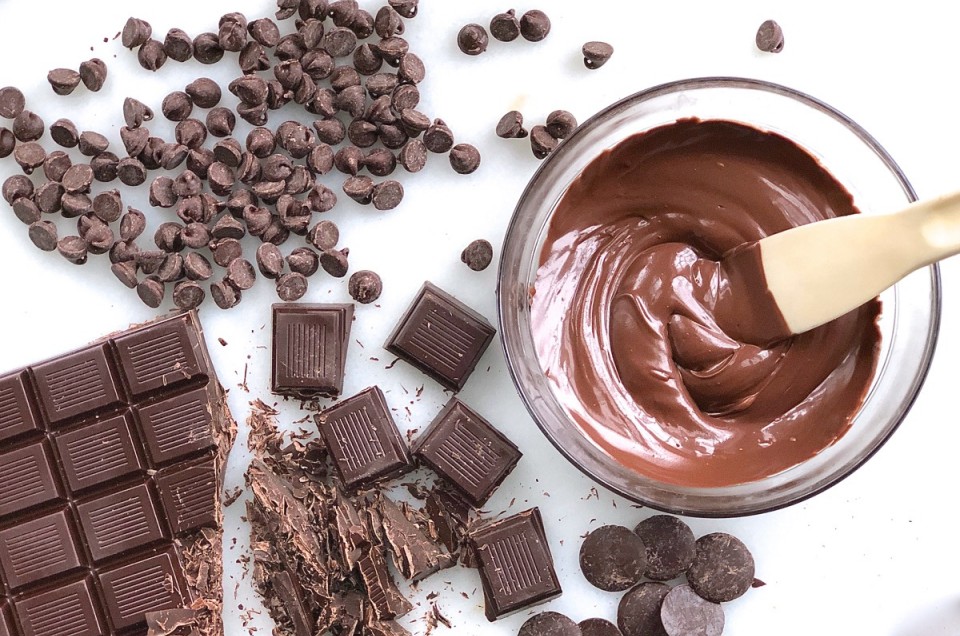


How many times have you scanned through a recipe and come across this phrase: “Melt the chocolate ...”? Recipes including solid chocolate in place of (or in addition to) cocoa powder will call for you to melt the chocolate (obviously) before using it. But seldom do those recipes tell you exactly how to melt chocolate, which can be super simple but only if you take steps to avoid some potential pitfalls.
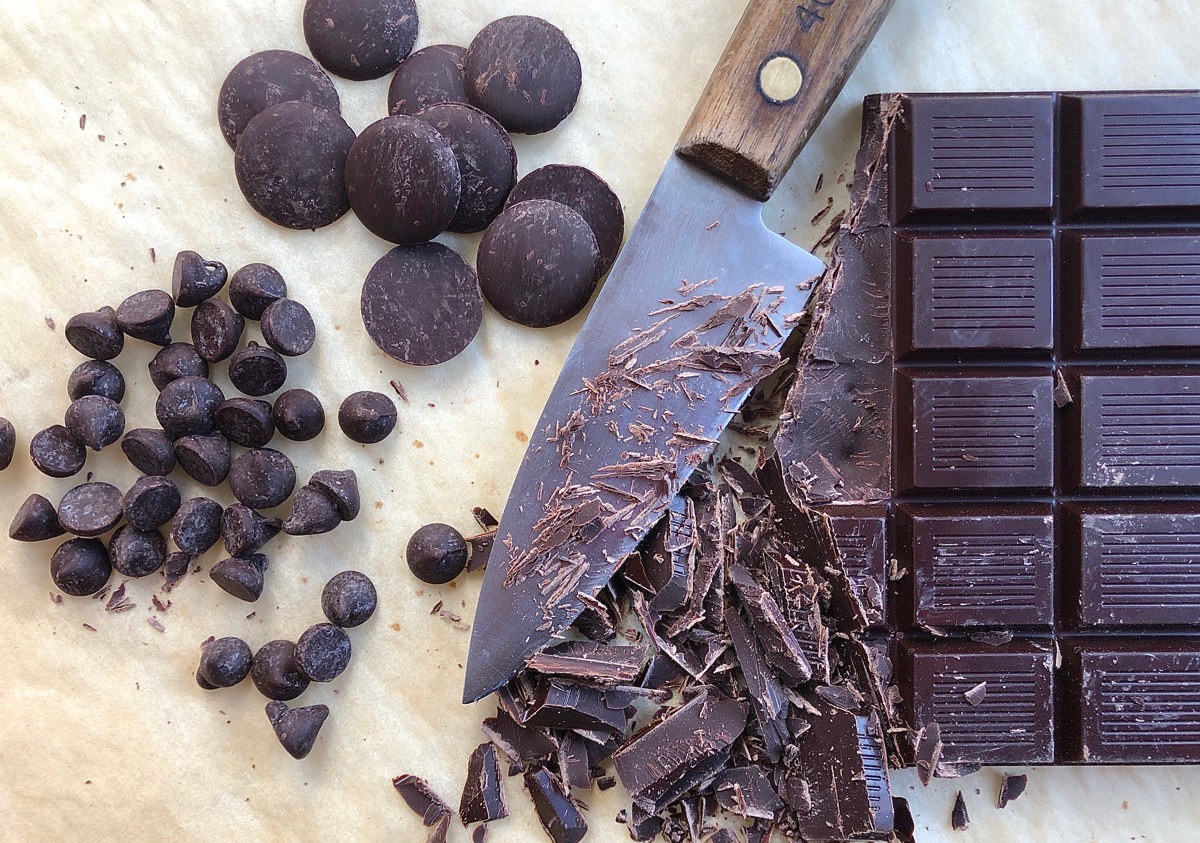
First, choose the chocolate you’re going to melt. Common knowledge used to hold that bar or chunk chocolate was better for melting than chocolate chips. Chips contain soy lecithin, an emulsifier that also slows melting (and helps the chips stay intact in cookies). But most chocolate you can get these days, including fancy bars and chunks, includes lecithin. So if chips are what you have on hand, go ahead and use them.
If you’re melting bar chocolate, use a heavy knife to chop it into pieces. The smaller and more uniform the pieces, the more evenly and quickly the chocolate will melt.
Are all chocolates created equal when it comes to melting? Not exactly. Compared to unsweetened, bittersweet, or semisweet chocolate, white and milk chocolate are less forgiving. Their melting point is lower, so you need to be more careful not to overheat (and potentially scorch) them.
So do you just dump that cup of chocolate chips into a saucepan and set it over a burner? No! Chocolate scorches easily, so the first rule to observe when learning how to melt chocolate is “low and slow.” And there are several ways to gently heat (and successfully melt) solid chocolate.
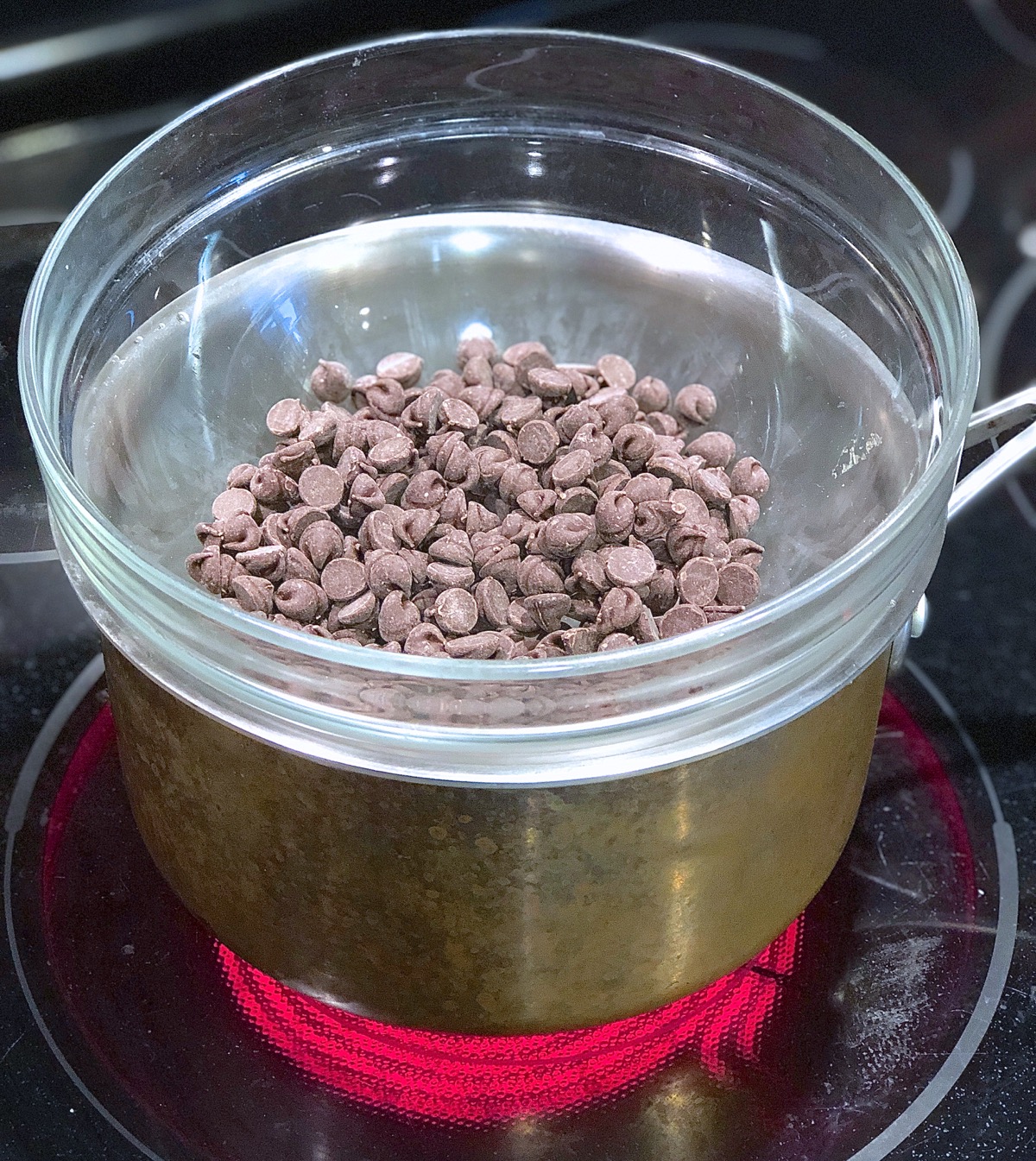
You may have seen a recipe instruction telling you to melt chocolate in a double boiler. If you have one, use it; but you can easily duplicate this special pan by using a heat-safe bowl set over a saucepan of simmering water.
Put about 1/2” of water in the bottom of the saucepan and set the bowl of chocolate into the pan. The bowl should ride high enough that it won't touch the water in the bottom of the pan, even when it's bubbling and boiling.
Heat the pan over medium heat until the water boils. Turn it down so it’s somewhere between a simmer and a boil. The bowl will get hot and gradually melt the chocolate; count on about 8 to 10 minutes for a cup of chopped chocolate or chips.
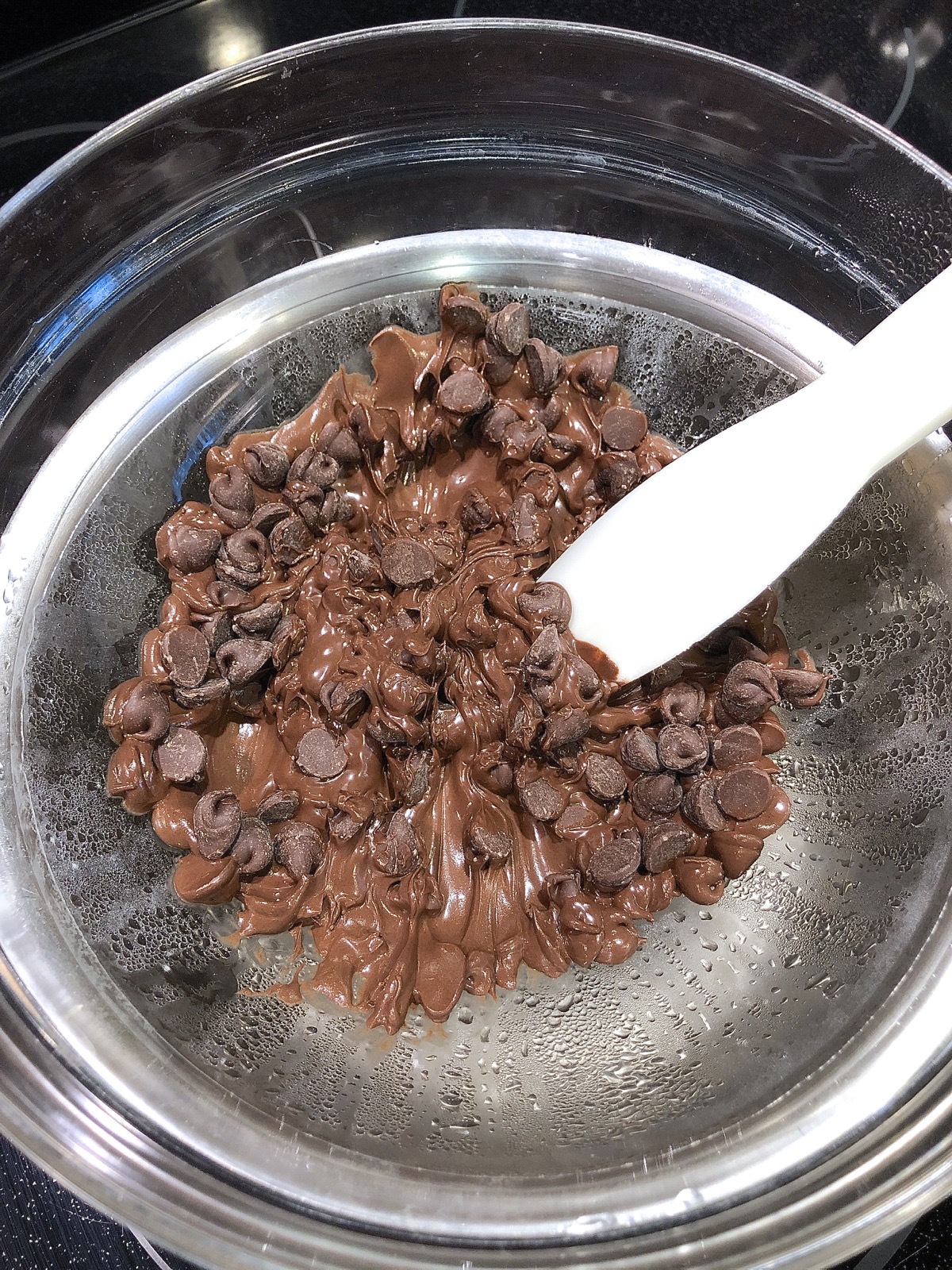
When you see the chocolate becoming shiny around the edges of the bowl, give it a quick stir. If it seems soft and melty, keep stirring; if it seems stiff and resistant, let it heat longer, until it softens to the point where the solid chocolate readily melts as you stir.
Remove the pan from the heat and keep stirring over the hot water until the melted chocolate is completely smooth.
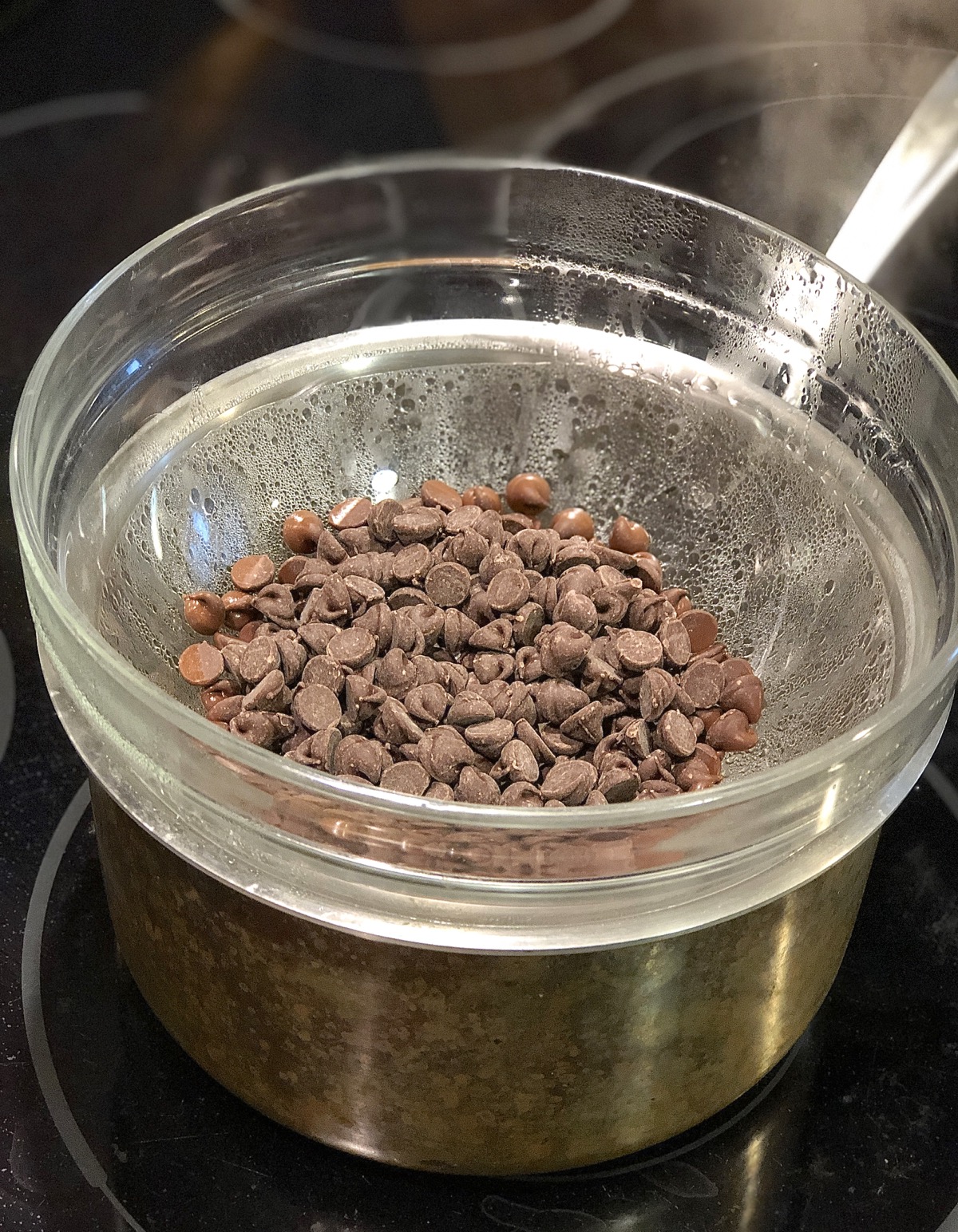
Caution: keep any water (condensation, steam) far away from your melted chocolate. Why?
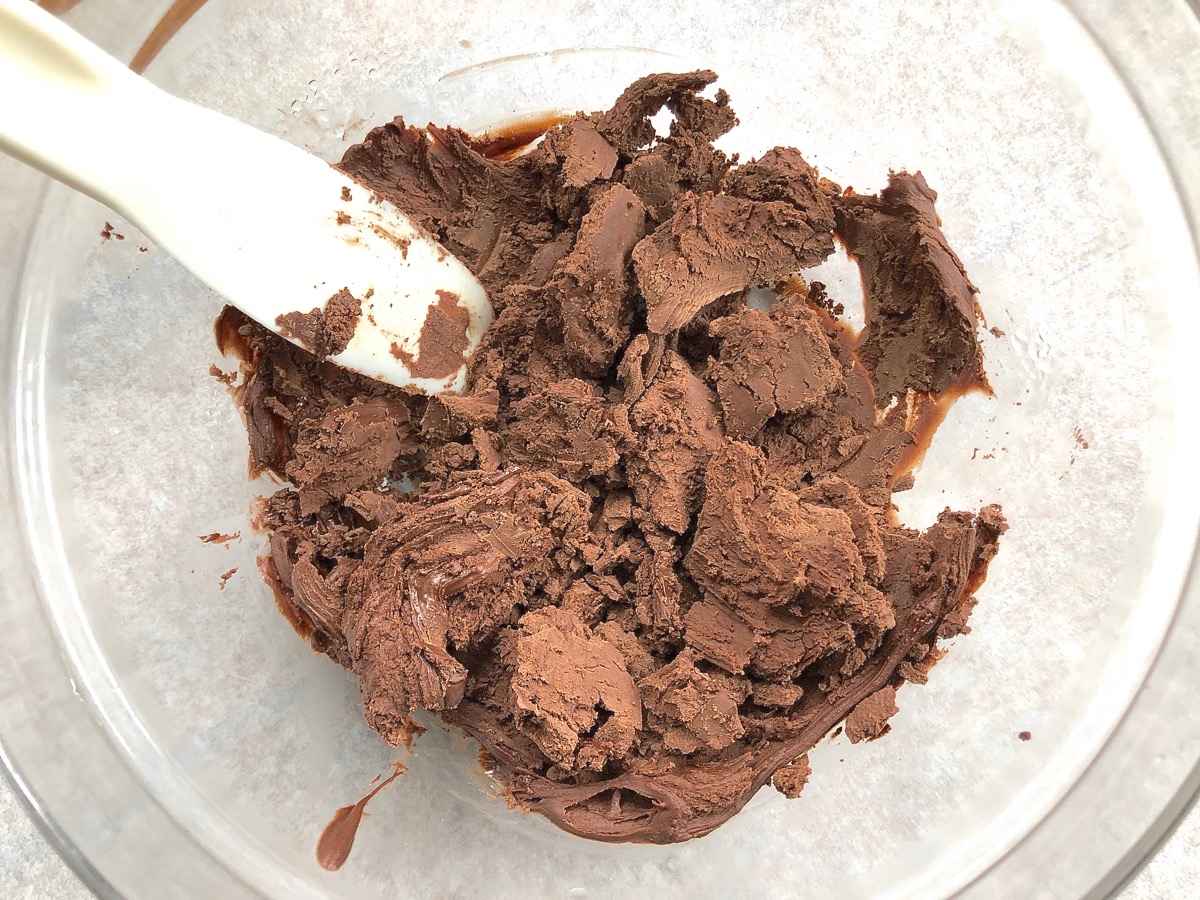
Even a small amount of water will cause your lovely, smooth melted chocolate to “seize” — that is, turn into hard, dry lumps.
Why does this happen? That small amount of water, believe it or not, is enough to turn some of the sugar into syrup, to which cocoa particles cling — resulting in the situation you see above. And oh, by the way, this includes extracts as well; adding a teaspoon of vanilla to your melted chocolate will turn it into a stiff, recalcitrant mass.
So, is seized chocolate a lost cause? Not at all. By adding a tablespoon or so of water and reheating briefly you can semi-liquefy the chocolate. That's sufficient to turn it into frosting (with the addition of some confectioners' sugar and a splash of milk or water), but it’ll never revert to its original smooth self.
Double boiler and clone
Pro: Impossible to burn the chocolate
Con: Possibility of splashing water into the melted chocolate, causing it to seize
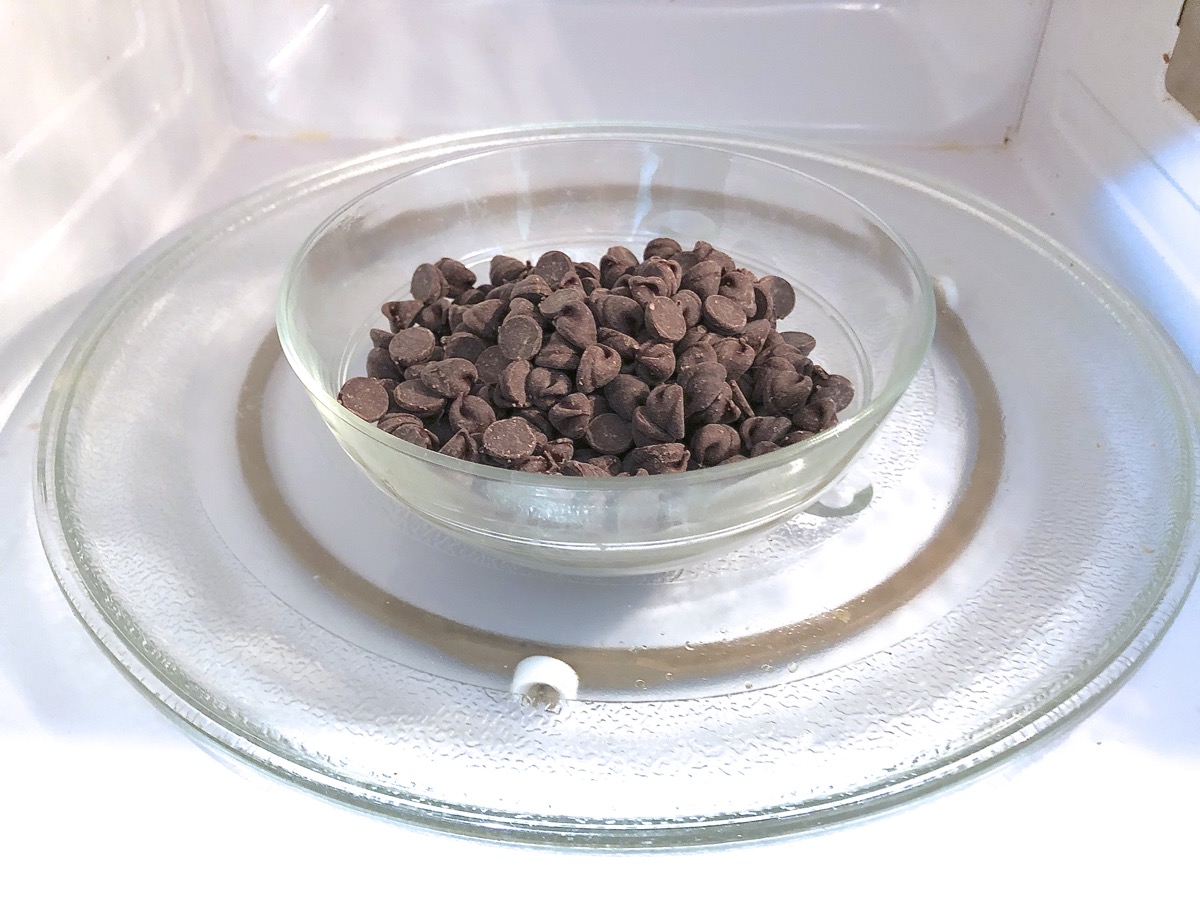
Now, if you’re anxious about your chocolate seizing, you might want to try heating it in the microwave instead. The chief danger here is burning the chocolate, but that’s fairly simple to avoid if you employ some patience.
Rather than set your timer for 2 minutes and walking away, heat the chocolate in 30-second bursts at regular power.
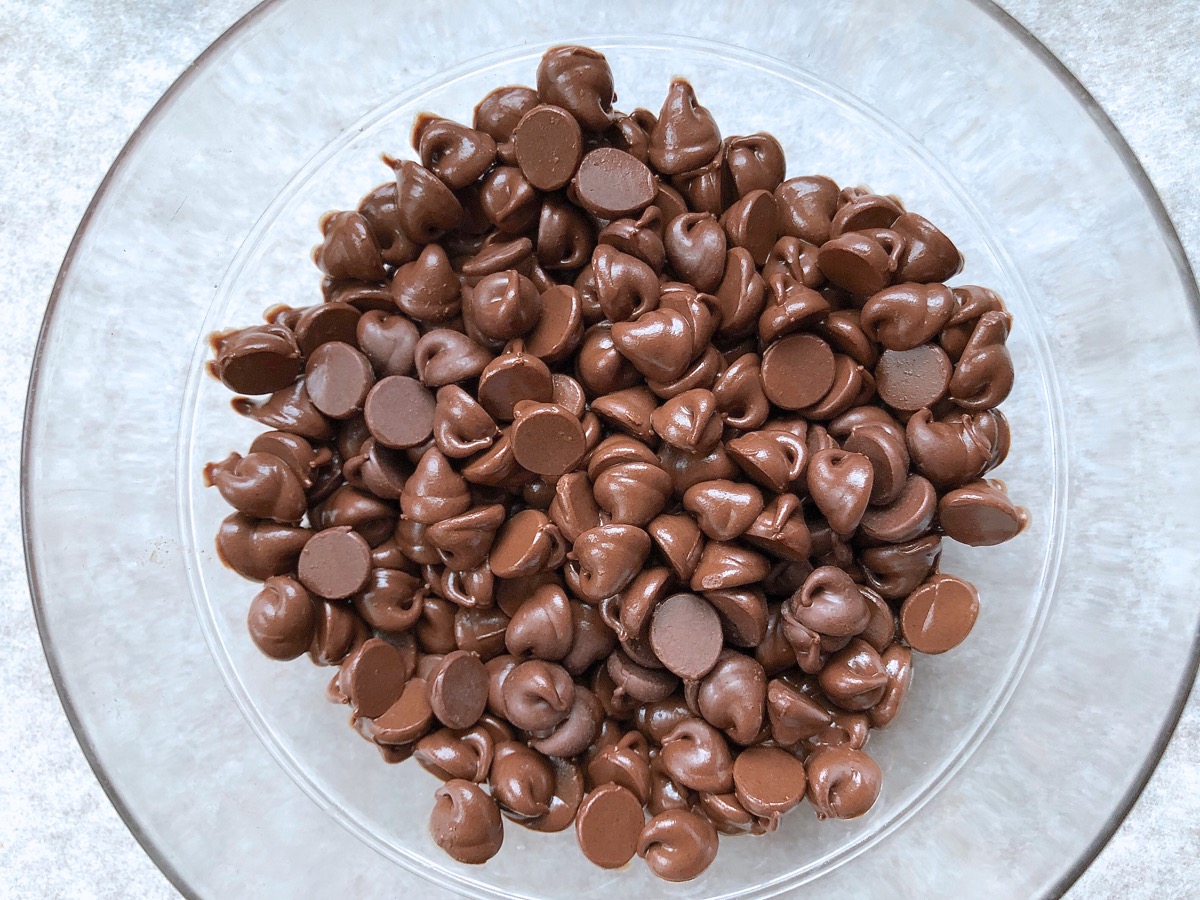
Depending on how much chocolate you’re melting, at some point it will begin to look shiny.
Once the chips are shiny, remove them from the microwave. Wait 1 minute; this will give any last bits of chip a chance to soften.
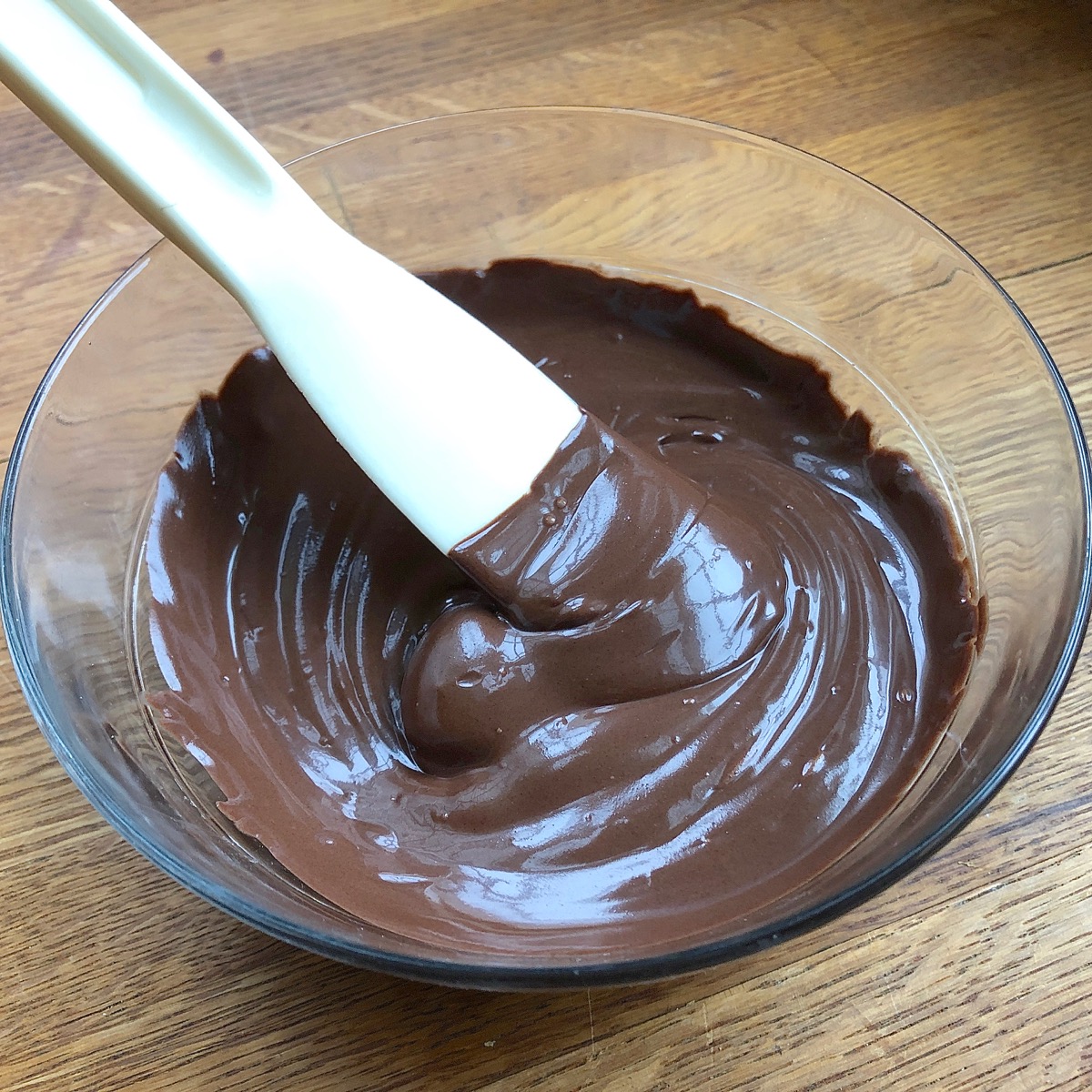
Stir until smooth. If you still have a few lumps, reheat for 15 seconds and stir again.
Microwave
Pro: Quick and easy
Con: Just a few seconds too many can burn the chocolate
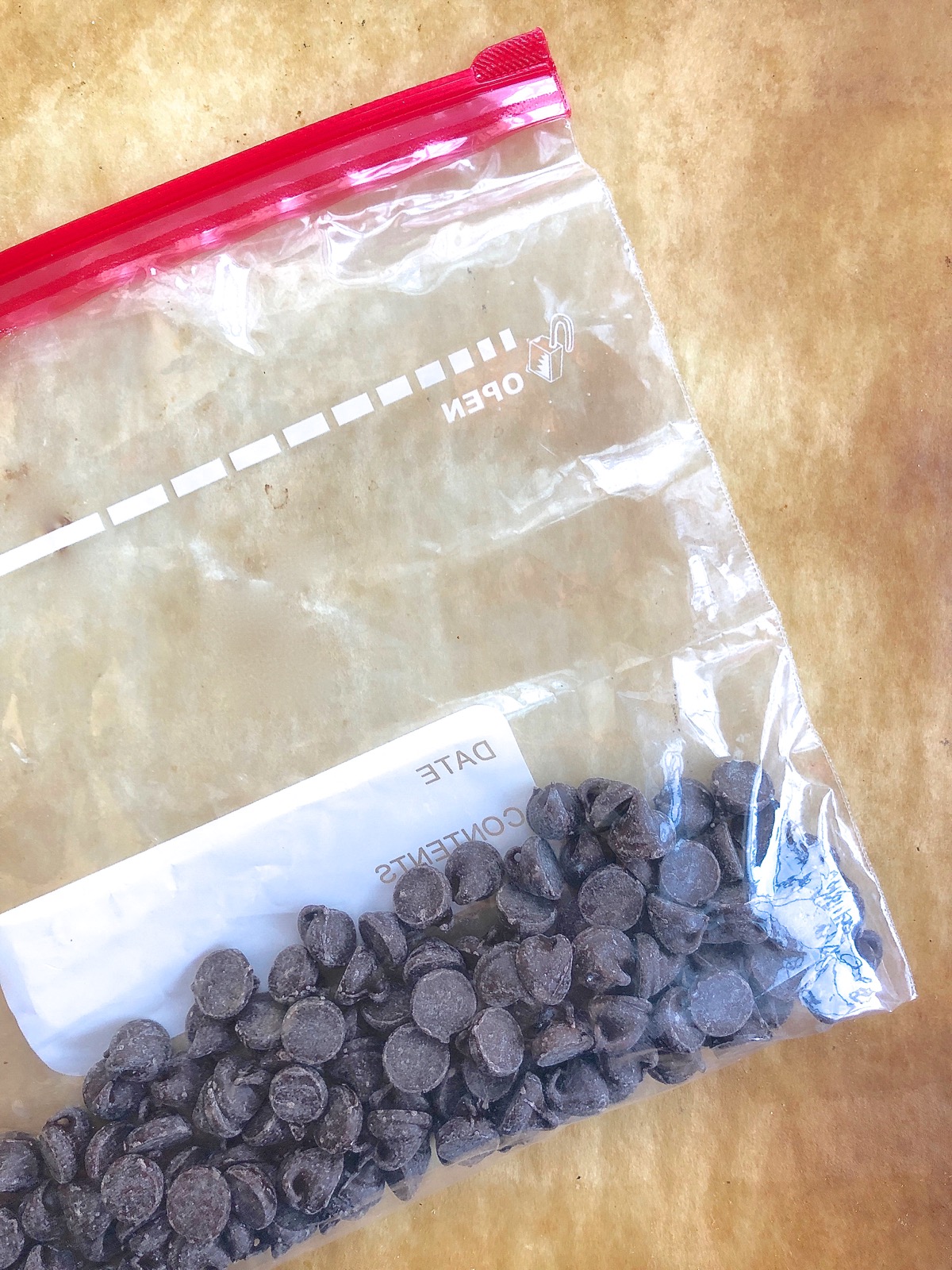
Sometimes you just want a little bit of melted chocolate to drizzle over cookies, or to write "Happy Birthday" on a cake. In that case, here’s a simple trick.
Place chips or chopped chocolate in a zip-top bag. Close the bag securely.
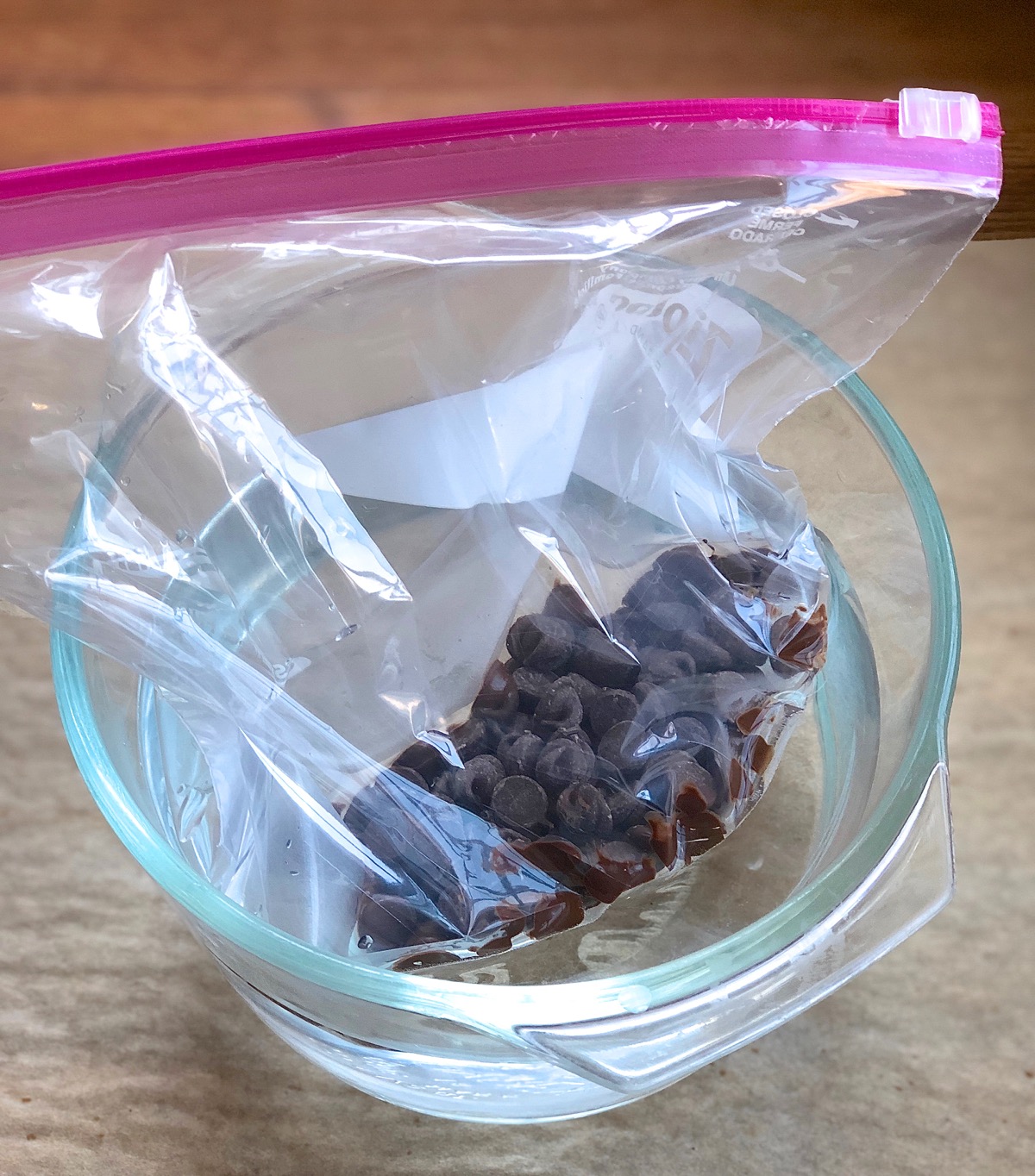
Place the bag in a bowl of very hot tap water; your faucet’s hottest setting should be fine.
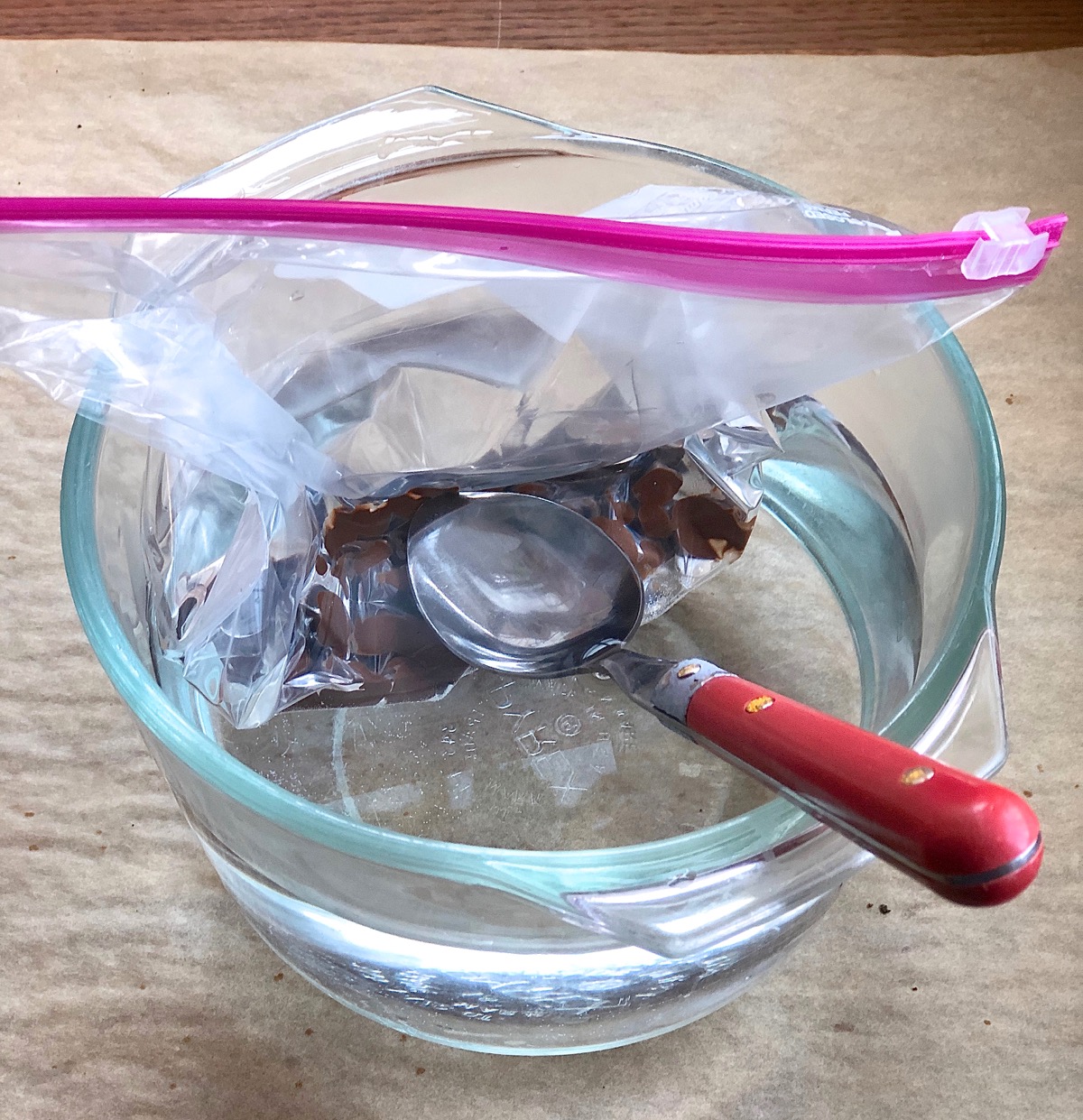
Partially sink the bag with a spoon or other weighty object; but remember, you don’t want water anywhere near the bag’s opening.
You might recognize this melting by hot-water bath as a very modest form of sous vide: bagging food and cooking it at a very low, constant temperature.
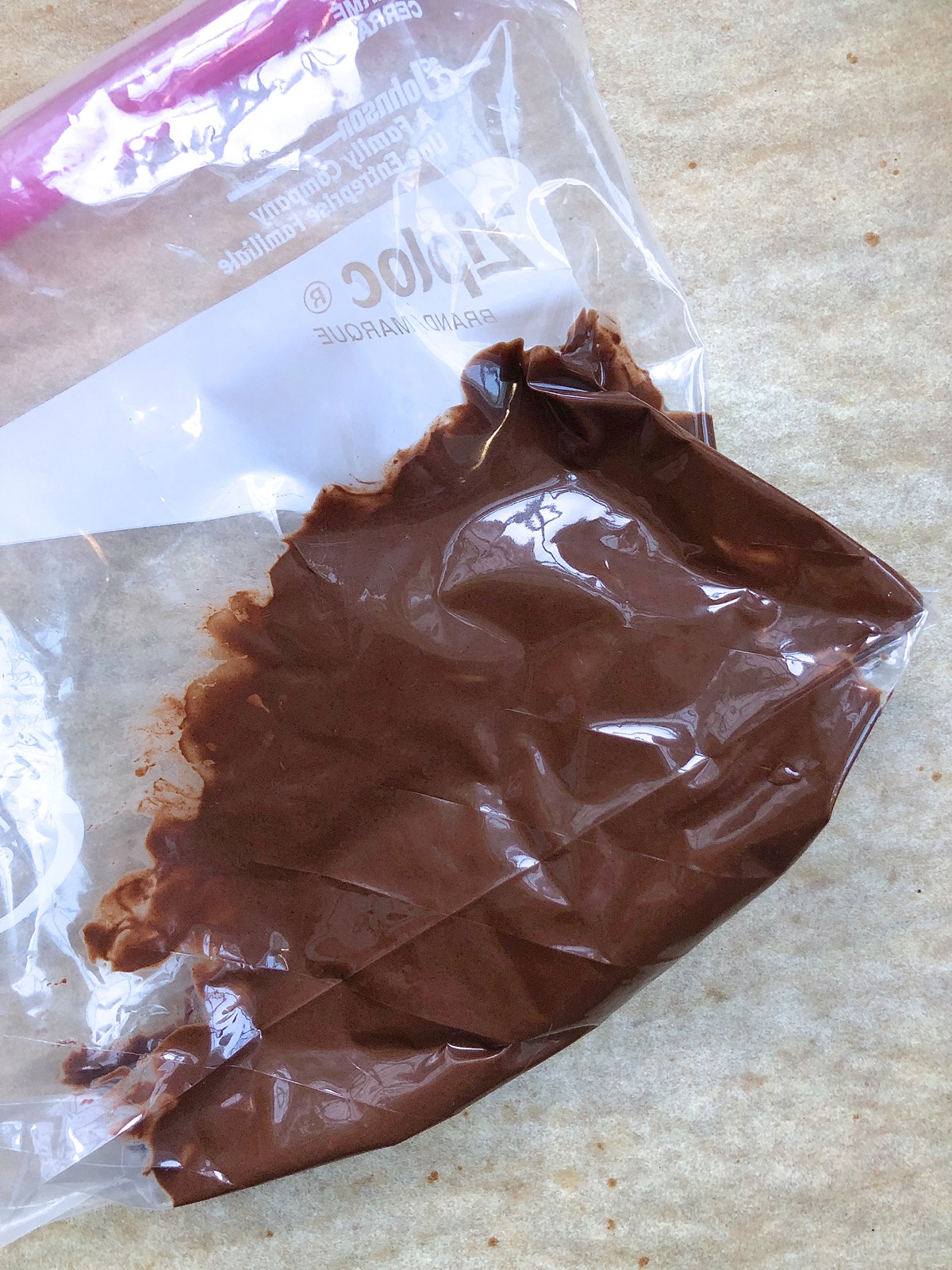
After 10 minutes or so, remove the bag from the water and massage it until the chips melt.
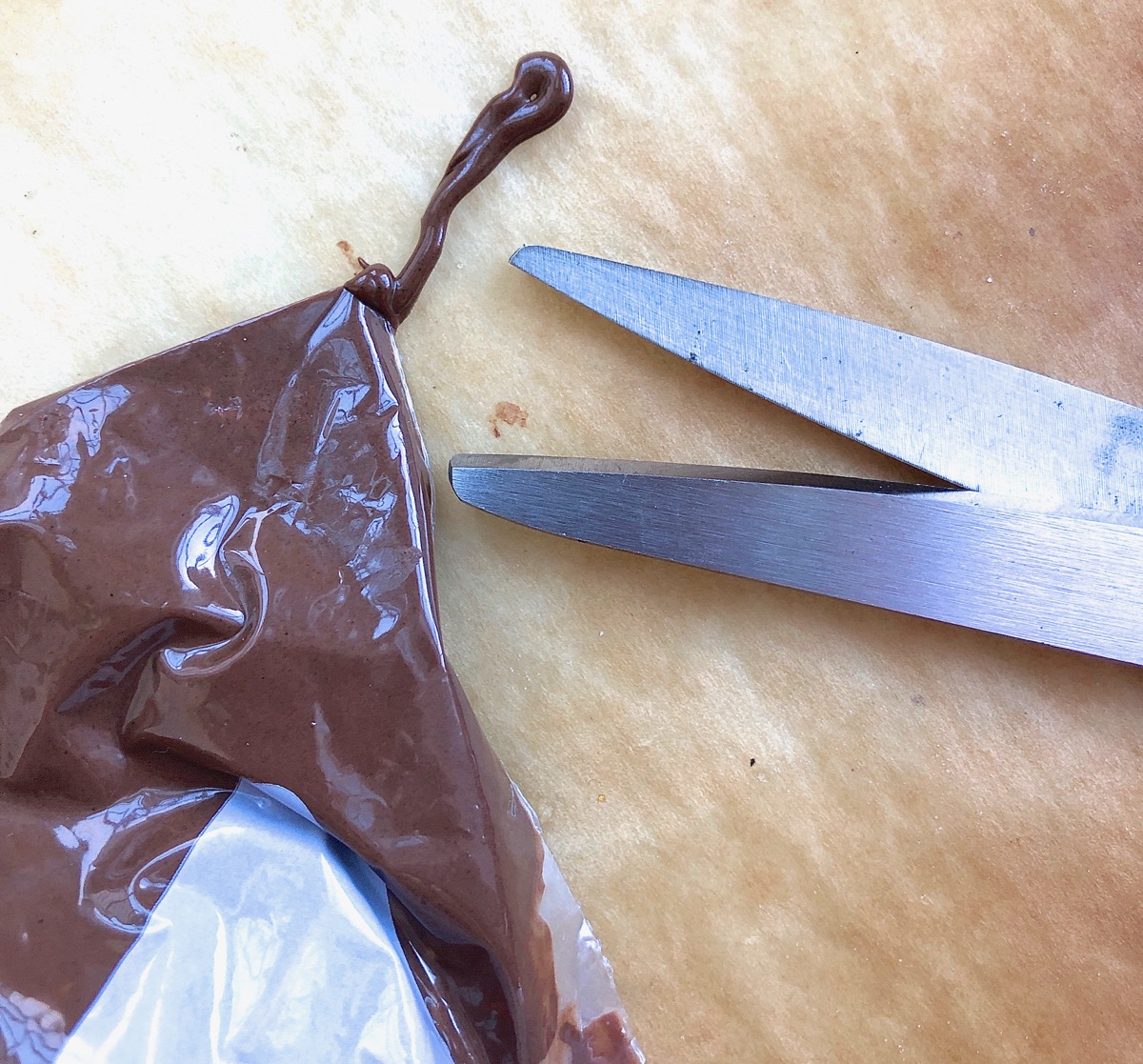
Snip off one corner. For pleated bags, open the pleat and snip off one corner, leaving the other one intact. Make the tiniest of snips; you can always go back and make the opening larger if you need to, but it's impossible to make it smaller.
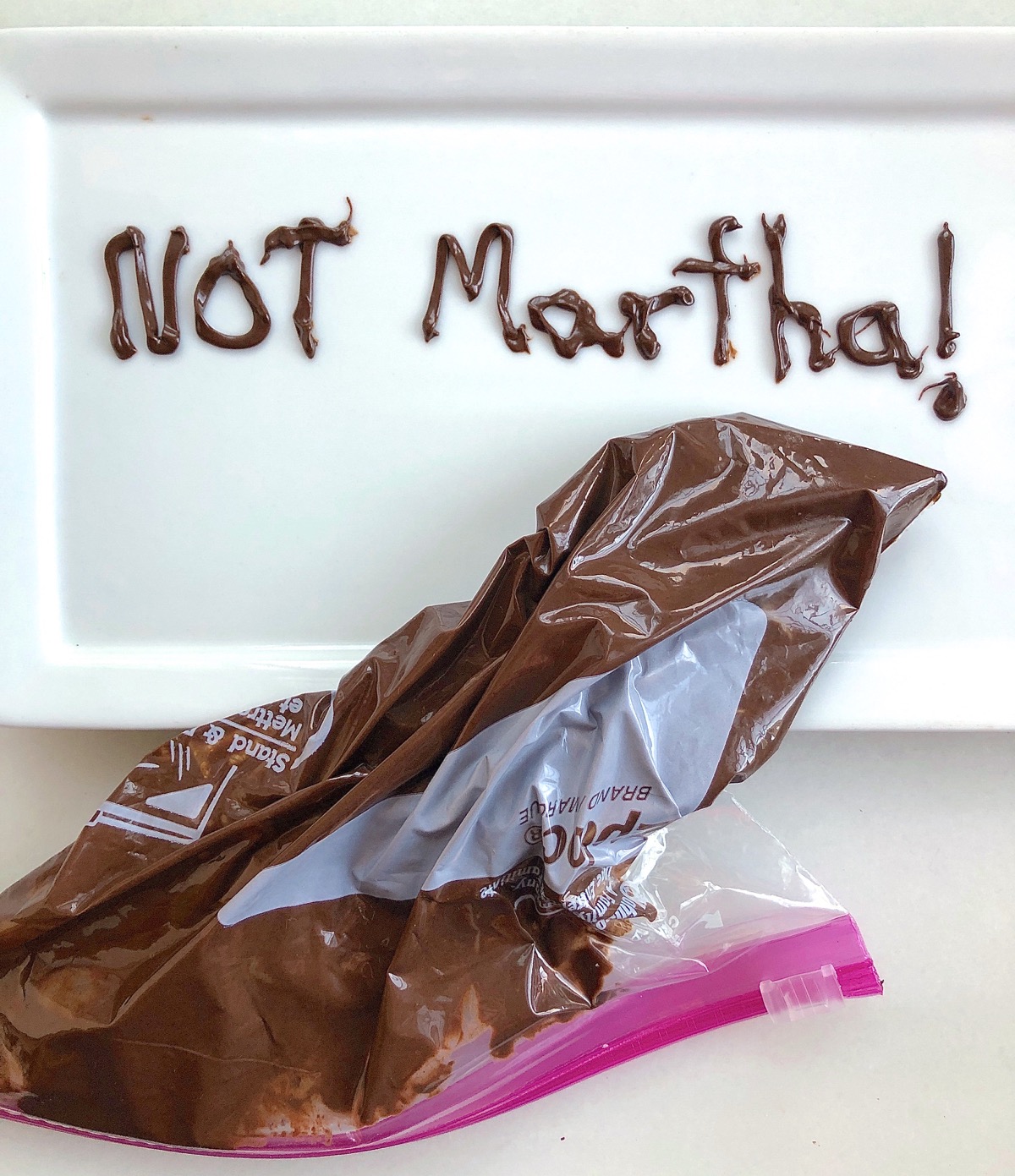
Squeeze melted chocolate out of the bag onto your cookies or cake.
Modified sous vide
Pro: Perfect for small amounts of chocolate to pipe or drizzle; no need to dirty a piping bag and tip
Con: Not suitable for large amounts of chocolate
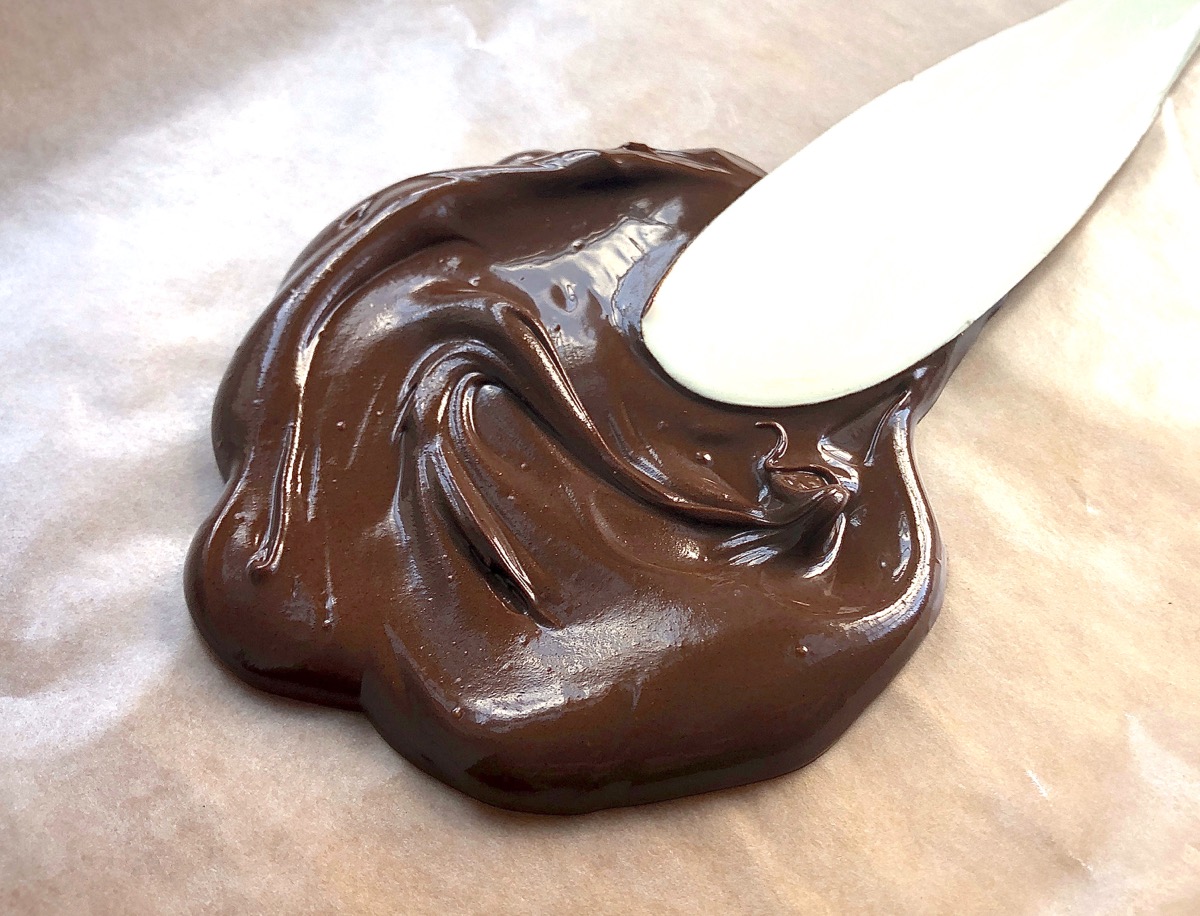
If you're melting chocolate as an ingredient rather than a topping or garnish, then it really doesn't matter how pretty it is. But sometimes you want to use that melted chocolate as a dip for strawberries, a coating for cookies, or the shell of a truffle — in which case you'd like it to hold onto its satiny gleam and rich color.
Tempering chocolate takes melting one step further: you need to keep it under, and then at, a specific temperature. For great advice on tempering chocolate, please see our blog post, A basic guide to tempering chocolate.
Have you ever tried melting chocolate in your oven? What about a slow cooker? If so, please share your results (or any other tips around melting) in "comments," below.